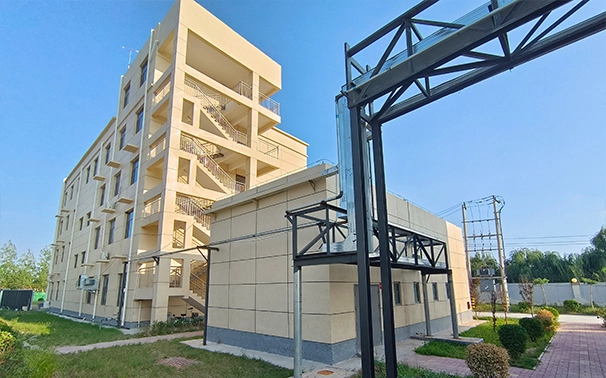Exploring the Properties and Applications of Polyacrylamide in Various Industries
The Versatility and Applications of Polyacrylamide
Polyacrylamide, commonly referred to as PAM, is a synthetic polymer that has garnered significant attention in various industries due to its versatile properties and applications. It is produced from acrylamide monomers through a polymerization process, yielding a water-soluble compound that exhibits unique behavior in solutions. This article will explore the characteristics, industrial applications, and environmental considerations of polyacrylamide.
Characteristics of Polyacrylamide
One of the standout features of polyacrylamide is its ability to absorb large amounts of water, making it an excellent substance for thickening and gelling agents. Depending on its molecular weight and degree of cross-linking, PAM can exist in several forms, including non-ionic, anionic, and cationic variants. Anionic polyacrylamide, with its negative charge, is commonly used in applications as a flocculating agent. In contrast, cationic polyacrylamide carries a positive charge and is often employed as a coagulant in clarification processes.
The polymer's versatility allows it to function effectively in a wide range of pH levels and salinity conditions, making it suitable for various environmental and industrial settings. Its hydrophilic nature facilitates interactions with other organic and inorganic compounds, enhancing its effectiveness in many formulations.
Industrial Applications
Polyacrylamide finds its primary applications in the fields of water treatment, agriculture, and mining. In water treatment, PAM serves as an effective flocculating agent that helps remove suspended particles from water, improving clarity and quality. This application is particularly vital in municipal wastewater treatment facilities, where PAM aids in the clarification of sewage water, allowing for safer discharge into environments.
polyacrylamide p3

In agriculture, polyacrylamide is utilized to improve soil structure and moisture retention. By adding PAM to soil, farmers can create a gel-like matrix that holds moisture, thereby reducing irrigation frequency and promoting better crop yield. This property is especially useful in arid and semi-arid regions, where water conservation is crucial for sustainable agricultural practices.
The mining industry also harnesses the benefits of polyacrylamide. It is used in mineral processing to enhance the recovery of valuable minerals and manage tailings. By promoting the sedimentation of solid particles, PAM allows for more efficient separation processes, which can minimize environmental impact and optimize resource extraction.
Environmental Considerations
Despite its myriad benefits, the utilization of polyacrylamide is not without concerns. The production of PAM involves the use of acrylamide, a substance classified as a potential neurotoxin and carcinogen. Therefore, handling and disposal of polyacrylamide products must adhere to strict safety regulations to mitigate risks to human health and the environment.
Moreover, the potential for polyacrylamide to hydrolize into acrylamide when exposed to certain conditions raises questions about its long-term environmental impact. Researchers are actively studying biodegradable alternatives to ensure that the use of PAM does not lead to significant ecological consequences.
Conclusion
In conclusion, polyacrylamide is a remarkable polymer with diverse applications across multiple industries, particularly in water treatment, agriculture, and mining. Its ability to interact with water and various compounds makes it indispensable in modern industrial practices. However, it is essential to balance its benefits with environmental and health considerations, ensuring safe usage and exploring sustainable alternatives. As research continues and technology advances, polyacrylamide may evolve further, paving the way for even greater innovations in its application and formulation. The future of this polymer appears promising, with the potential to contribute to more sustainable practices in numerous sectors.
-
Water Treatment with Flocculant Water TreatmentNewsJun.12,2025
-
Polymaleic AnhydrideNewsJun.12,2025
-
Polyaspartic AcidNewsJun.12,2025
-
Enhance Industrial Processes with IsothiazolinonesNewsJun.12,2025
-
Enhance Industrial Processes with PBTCA SolutionsNewsJun.12,2025
-
Dodecyldimethylbenzylammonium Chloride SolutionsNewsJun.12,2025





